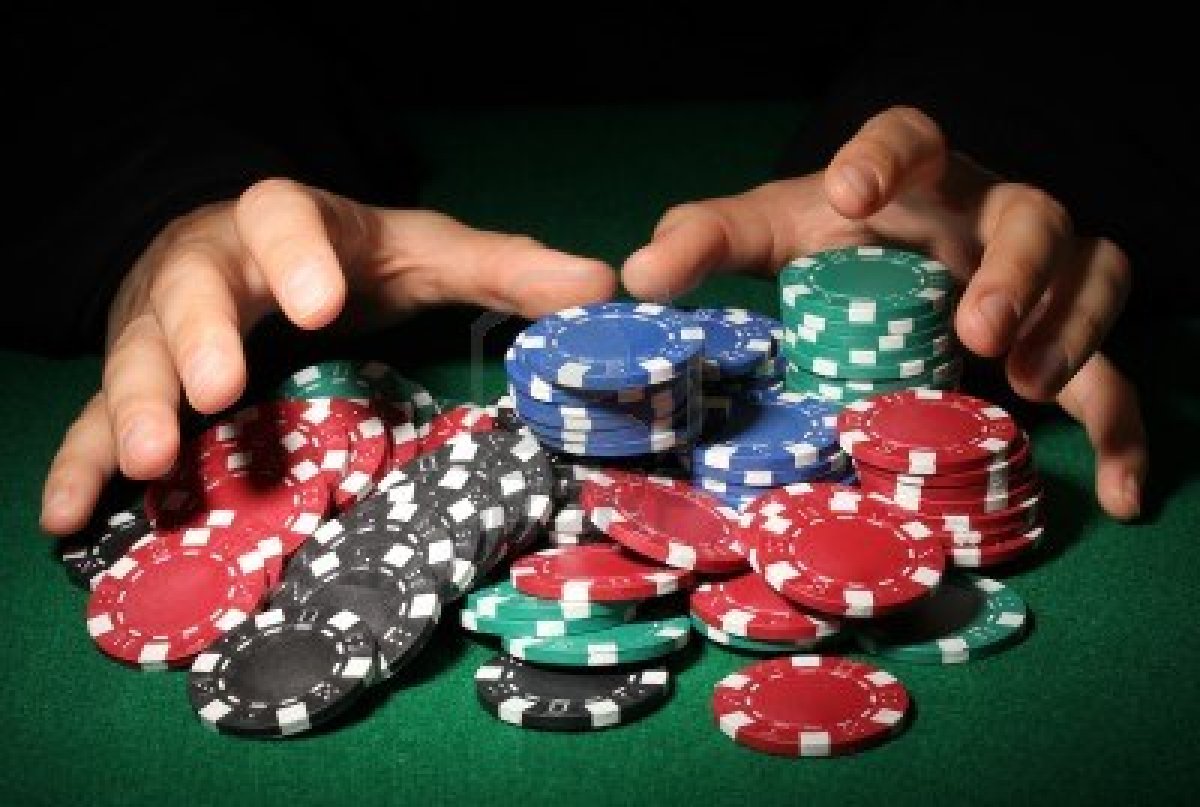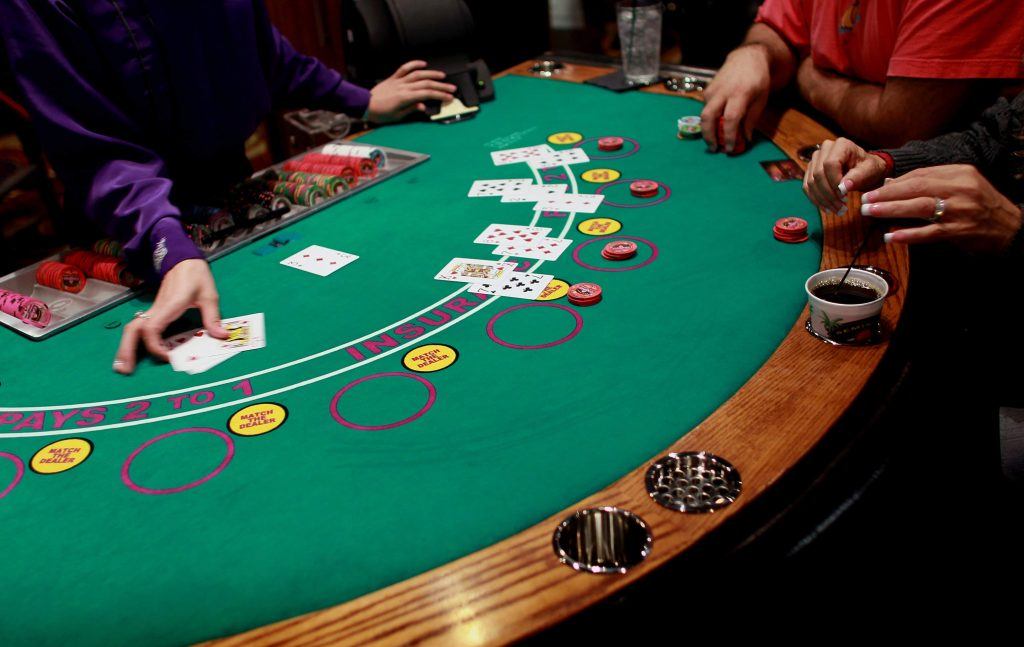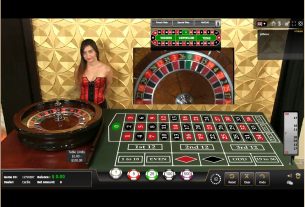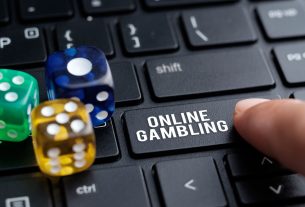Bingo is a fun game that is easily played and quick to learn. This game has been played for centuries in various parts of the world. Today, it can be played online as well as in a land based casino.
There is a need for understanding the history of bandar judi bola before the registration and playing of the games. The level of fun and entertainment is high for the gamblers at the site. You can know about the casino history to choose the best games and have a winning experience.

The spread of bingo on the web has enabled and increased accessibility of this game to various fans around the world. Playing online bingo games on computers and mobile phones has made the game even more popular in the recent years. Online bingo also lets players compete against an international audience. Tournaments and competitions that are held online let players sit at home and play comfortably. Many sites also offer no deposit or free bingo options. But it all really started at community halls and gatherings at actual locations.
The birth of bingo can be traced back to 16th century Italy where the game was first known to be played. It was initially inspired by an Italian lotto game known as Giuoco Del Lotto d Italia. The game slowly developed over a time period of two centuries and spread among players who enjoyed gambling.
After a few years, the French came up with a different version of lotto called Le Lotto. The cards had 27 spots for numbers which were arranged in a specific pattern. The cards consisted of a total of nine columns and three rows containing numbers between 1 and 90. Only 5 spots on the rows were occupied by numbers that were chosen at random. Every player got one card on which they had to mark the numbers called out by the dealer. After completing a whole row or column, a winner would be declared.
As time passed, a newer version of bingo was developed in Germany in the 1900s. The game resembled bingo in many aspects and was known as ‘beano’. By 1929, it became very popular among the local patrons. The game came to be called beano as the players used beans instead of markers to mark the numbers on their cards. As soon as a horizontal, diagonal or a vertical line of numbers was completed on the card, a winner would be declared. The player would shout out ‘beano’ to inform the dealer and other patrons that he had completed the game.
The current version of the game played around the world was popularised by a salesman from New York, Edwin S Lowe. When he travelled to Atlanta, he saw beano being played among many of the local patrons. He then brought the game to America and started playing bingo with his friends. One of them happened to call out ‘Bingo’ instead of ‘beano’ after winning a game. This gave rise to the new name and started spreading around the country. The market crash in 1929 is an important and famous event marked in bingo history as the game gained popularity when people started finding additional ways to earn money.

Bingo then spread to the field of education! In the late 1990s, teachers used the game as a method to teach Maths and English spellings to children. The game also came to be known as math bingo and spelling bingo during this time and is still widely played by many patrons across the world.
Bingo became important and gained popularity as a fund raising method by early 2000. A Pennsylvanian pastor first used the game to raise money for the benefits of his parish. Once he figured out that a single game can produce many winners, he consulted a mathematics professor, Carl Leffler, who then helped him create a new game with tougher combinations that provided lesser opportunities for a win. This was a turning point in the history of the game as these combinations are still used while playing bingo.

